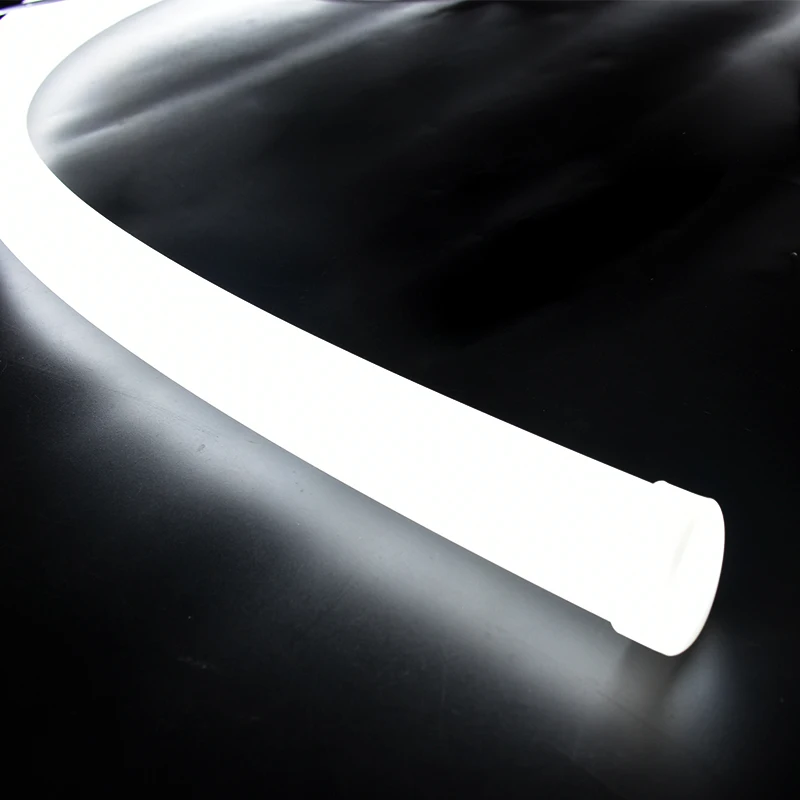Flat Sealing Strip Production Companies for High-Quality Sealing Solutions
Aug . 20, 2024 22:36 Back to list
Flat Sealing Strip Production Companies for High-Quality Sealing Solutions
Understanding Flat Sealing Strip Manufacturers An Overview
Flat sealing strips play a vital role in numerous industries, providing essential sealing solutions that enhance safety, efficiency, and durability in various applications. These strips are designed to fill gaps and prevent the ingress of air, water, dust, and other unwanted elements, making them crucial for both commercial and residential use. This article delves into the landscape of flat sealing strip manufacturers, exploring their significance, production processes, and what to look for when selecting a manufacturer.
The Importance of Flat Sealing Strips
Flat sealing strips are utilized across a wide range of industries, including automotive, construction, electronics, and appliances. Their primary function is to create airtight and watertight seals, which are necessary for protecting sensitive components and ensuring the longevity of products. For instance, in the automotive industry, sealing strips not only contribute to the aesthetic appeal but also play a crucial role in noise reduction, insulation, and overall vehicle performance.
Given their wide applicability, the demand for high-quality flat sealing strips is consistently rising. This demand drives the need for reputable manufacturers capable of producing reliable and effective sealing solutions.
Production Processes of Flat Sealing Strips
The manufacturing of flat sealing strips involves several key processes, starting with the selection of raw materials. Manufacturers typically use various materials such as rubber, silicone, foam, and thermoplastics, each offering distinct properties suited for different applications. The choice of material is critical, as it directly affects the performance and durability of the sealing strips.
Once the materials are selected, the manufacturing process begins, which may involve extrusion, molding, or die-cutting techniques.
1. Extrusion This is one of the most common methods used in flat sealing strip production. It involves forcing the material through a die to create continuous strips of desired shapes and sizes. The extruded strips are then cooled and cut to length.
2. Molding For more complex shapes or specific requirements, molding techniques such as compression or injection molding are employed. This allows manufacturers to produce intricate designs that meet specialized sealing needs.
3. Die-Cutting This process is often used to produce flat seals in large quantities. Die-cutting allows for precise cuts and shapes that can be customized according to client specifications.
flat sealing strip manufacturers

After production, the sealing strips undergo quality control checks to ensure they meet industry standards
. This includes testing for flexibility, compression set, and durability against environmental factors such as UV exposure and temperature variations.Choosing the Right Manufacturer
When selecting a manufacturer for flat sealing strips, several factors should be taken into consideration
1. Reputation Researching the manufacturer’s history and client testimonials can provide insight into their reliability and quality of products.
2. Customization Not all sealing applications are the same; thus, a manufacturer that offers custom solutions tailored to specific needs is advantageous.
3. Material Options A diverse range of materials allows for better matching between the sealing strip and its intended use.
4. Certifications Ensure that the manufacturer adheres to industry standards and certifications. This guarantees that the products meet necessary quality and safety regulations.
5. Lead Times and Capacity Assessing a manufacturer’s production capacity and lead times is crucial, especially for businesses requiring quick turnaround times.
Conclusion
Flat sealing strips are indispensable in many sectors, and the choice of manufacturer can significantly impact the effectiveness of these sealing solutions. By understanding the importance of these products and the production processes involved, businesses can make informed decisions when selecting reliable flat sealing strip manufacturers that meet their specific needs. Quality, customization, and adherence to standards should always be at the forefront of this decision-making process, ensuring that the end products provide optimal performance and durability.
-
LED Neon Rope Light Outdoor Companies: Durable & Bright Solutions
NewsAug.27,2025
-
Premium Window Seal Strip Adhesive: Manufacturers & Suppliers
NewsAug.26,2025
-
Best Window Seal Strip Adhesive Companies: Strong, Durable Seals
NewsAug.25,2025
-
Karcher A2004 Wet & Dry Vacuum Filter: Premium Replacement Cartridge
NewsAug.24,2025
-
Premium Vacuum Filter for Karcher VC 4, VC 6, VC 7 & Tineco A10, A11
NewsAug.23,2025
-
Hi-Flo HF155 Oil Filter KTM 250 EXC Racing 03-06 | OEM 580.38.005.000
NewsAug.22,2025
